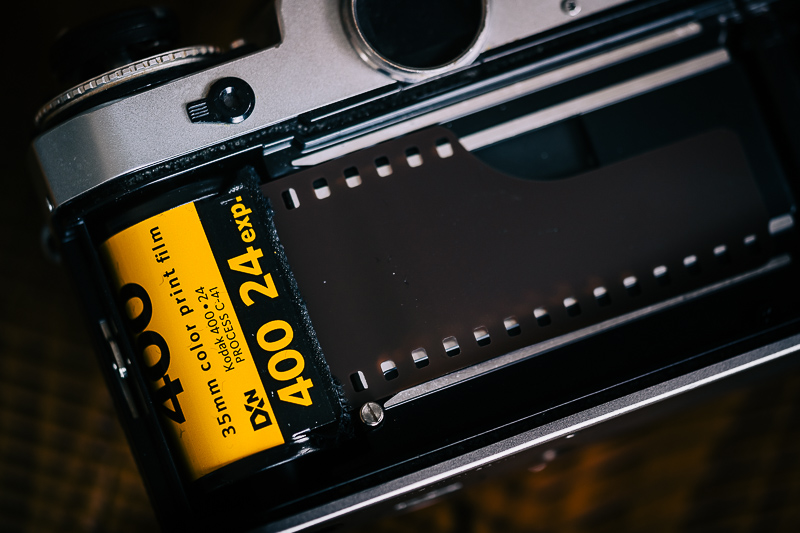
The Ultramax 400 is Kodak’s cheaper – hard to use that term in this context – ISO400 color negative film. This is also reflected by the fact that it is available as 24 exposure film. These days it is just as expensive as any other color negative film and whenever I came across it, it had been sold out shortly after. So I should probably consider myself lucky for having seized the moment and bought a roll at the local camera store – for what felt like way too much for a 24 exposure roll…
Processing and scanning was done at urbanfilmlab in Germany.
The pictures you see in this article are from 1 roll.

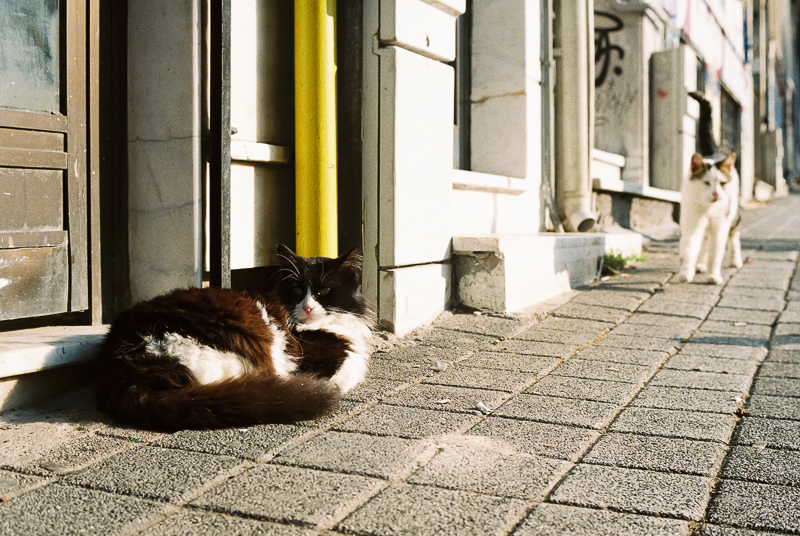
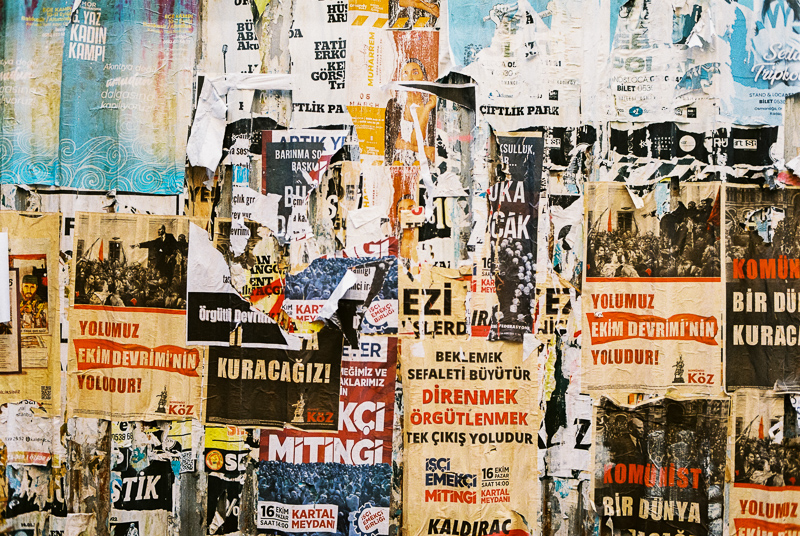
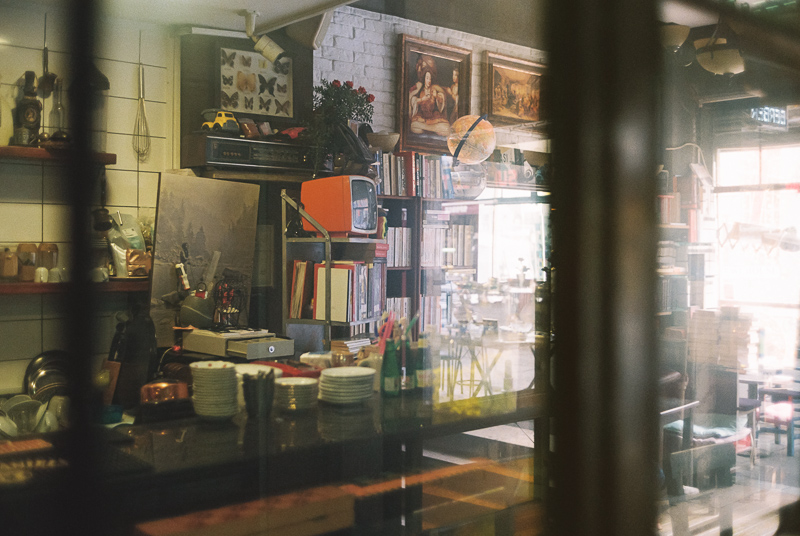
Generally I have the feeling there is not much to say about this film. It gave nice results in various situations with very reasonable amout of grain and likable slightly punchy colors in daylight scenarios.
These are two pictures that look especially clean to me, almost similar to what my dgital pictures look like in Lightroom with my basic import settings:

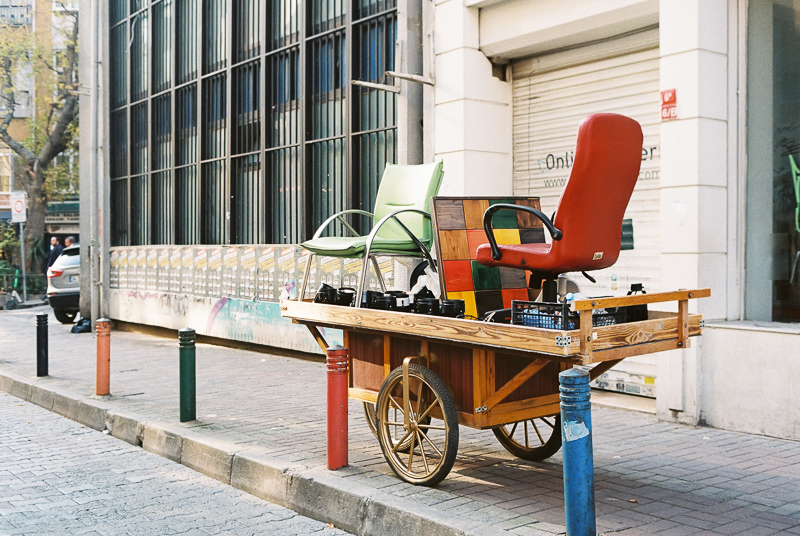
Now when it comes to higher ISO films (400 and up) I would prefer tungsten balanced film, because this is what happens under artifical light:

For daylight shooting I don’t think an ISO400 film is usually necessary, so it puzzles me a bit that all ISO400+ films available these days (except for the Silbersalz 500T and Cinestill 800T which are both derived from the same Kodak cinefilm stock anyway) are daylight based.
You can already find many comparisons between Portra 400 and Ultramax 400 online and it seems the general consensus is that Ultramax gives more saturated pictures and Portra is a bit sharper and has lower grain (an article covering Portra 400 is also coming).
But let’s face the facts: in 2023 you can be happy to find either in stock.


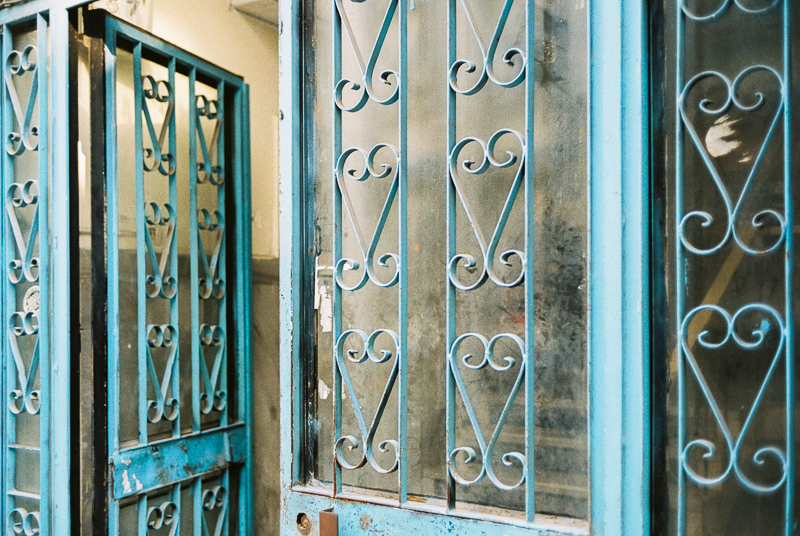

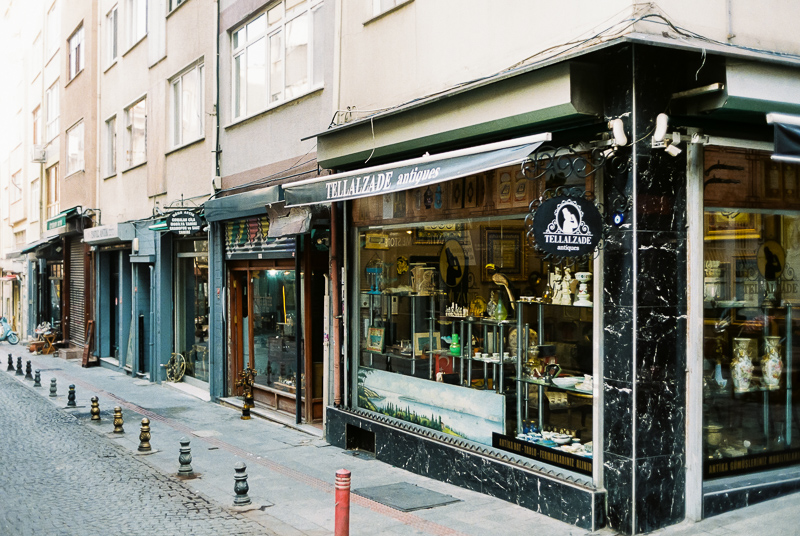


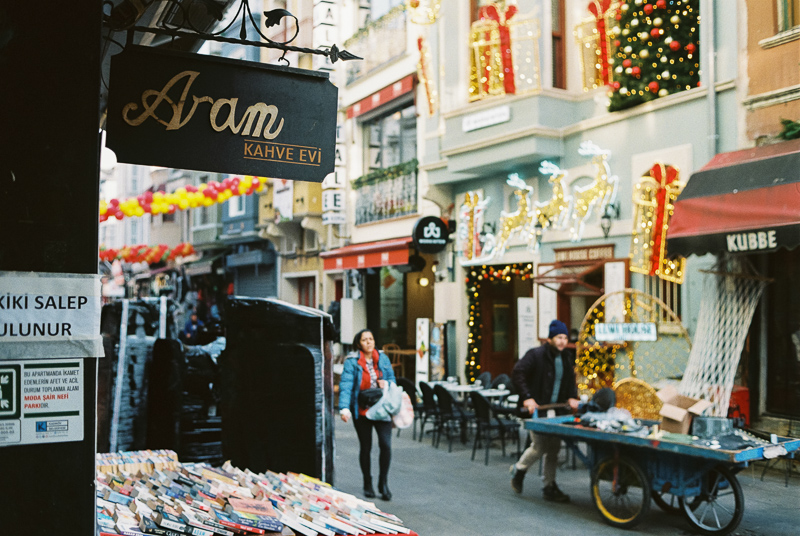
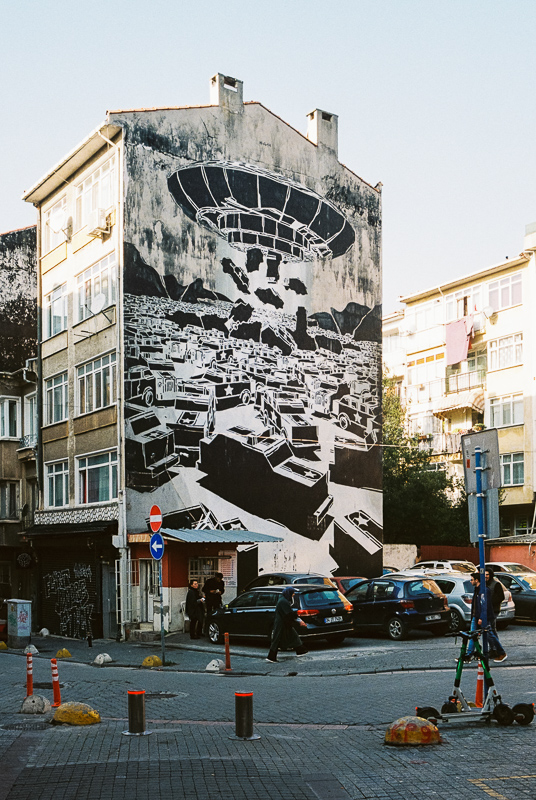
Further reading
- Analogue Adventures Landing Page
- Review: Laowa 9mm 5.6 – The World’s widest lens
- Review: Pergear 35mm 1.4
- Overview: MS-Optics lenses
Support Us
Did you find this article useful or just liked reading it? Treat us to a coffee or a roll of film!
![]()
![]()
![]() via Paypal
via Paypal
Latest posts by BastianK (see all)
- Review: Nikon AF-S 28mm 1.4 E - November 5, 2025
- Review: Sigma 135mm 1.4 Art DG – The actual Bokeh Master - October 25, 2025
- Analogue Adventures – Part 45: Fujichrome Provia 400X (expired) - October 22, 2025
I have never shot film, and unfortunately given the current economic climate I am unlikely to be able to start, but I am absolutely loving this series of adventures! Thank you for sharing, it’s great to see a whole range of film stock and what it looks like in real life.
I can totally understand, especially as it is getting more expensive by the day!
So I am very glad there are people that like the series!
Kodak in America is upping their hiring by quite a bit so I am quite hopeful they’ll be pumping out more film for a long time. my local camera shop said this is the most film they’ve sold since digital was introduced. which gives me great hope it’ll stick around with this great resurgence of interest.
I haven‘t done the math yet but I find all this talk about expensive film overrated. Shure you have to pay for a role of film and the development. But I think those costs are cheap. If you spend 11€ for a role of Ultramax 400 and maybe the same for development but you save 1100€ on your camera since analog cameras are cheap compared to digital ones you can shot 50 roles before you spend the same money as for digital.
If you consider that you need to spend money on SD cards, power, computer stuff, software licenses, external file storage, web storage and all the time you invest sitting in front of Lightroom I rhink digital is way more expensive as a single role of film. This comes from a digital only shooter. 🙂
I don’t agree, since analogue cameras aren’t necessarily that cheap either. Depending on your choice, they could be as expensive as digital even, but yes, you could also buy some for 10 bucks. They are all second hand, and you could also buy a second hand Sony Nex camera for a price similar to a Zorki or Zenit. It really depends on the perspective, doesn’t it? Bastian’s analogue Leica is more expensive than my pretty decent FF camera. The difference is that M6 will probably hold its value for many years or decades, if not gain in value even still, which is not the case for digital cameras (well, it happens with some, but not on the same scale).
20-ish developed and scanned rolls of film and you could buy a second hand Sony 7 II or something. On digital, I shoot a few thousand photos a year, so if I went analogue I’d need maybe 200 rolls per year; alternative being shooting less (which would happen of course). But if I didn’t sacrifice the amount of time and fun I spend with a camera, I’d spend at least a new Sony A7R V each year on film and having it digitized; or I’d make huge sacrifices and spend “only” a second-hand A7R III or something. Actually I wouldn’t, and that’s because I wouldn’t manage to buy all that film; since people say they are rarely in stock.
I was thinking about having fun with film a few years ago (since there is no real digital medium format experience, and cameras with bigger sensor than Fuji’s oversized FF “medium format” are extremely expensive). Then the new prices happened and I postponed it. Then even those new prices had a new jump, a huge one, and I gave up.
after the current price gouge / hike from Kodak they will be pretty much off my list now.
Kodak ultramax 400 3 pack was $30, now on average $55 (aud)
I have so so much undeveloped film because of the costs of digitizing to a good quality. I send it off then have the highest quality digitization done and it’s over $30 for a roll of film . It was $30 two years ago when I checked last so what is the price now ? Ouch ! I don’t know what is on each roll and if I have a good quality photo I want to digitally enlarged I have to pay for that enlargement of that digitally. I guess I could get back low resolution files and if I like a photo then have just that one negative made high resolution to print big . I’m just guessing because I don’t know the whole process???
$30 sounds a bit much.
I usually pay ~$12 per film.
Cool write-up and photos. I found Ultramax to be slightly cooler (in WB terms) than Portra. is it just me?
I’m trying to find a way of introducing film into my professional practice and shirt of raising my prices significantly, it’s just not worth it. Digital for work and analogue for play.
I think I might agree with you on Ultramax being slightly cooler.
Hi Bastian,
did you try Ultramax 400 with ECN-2 development?
Thanks, Alexander
Not yet.